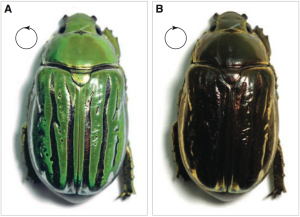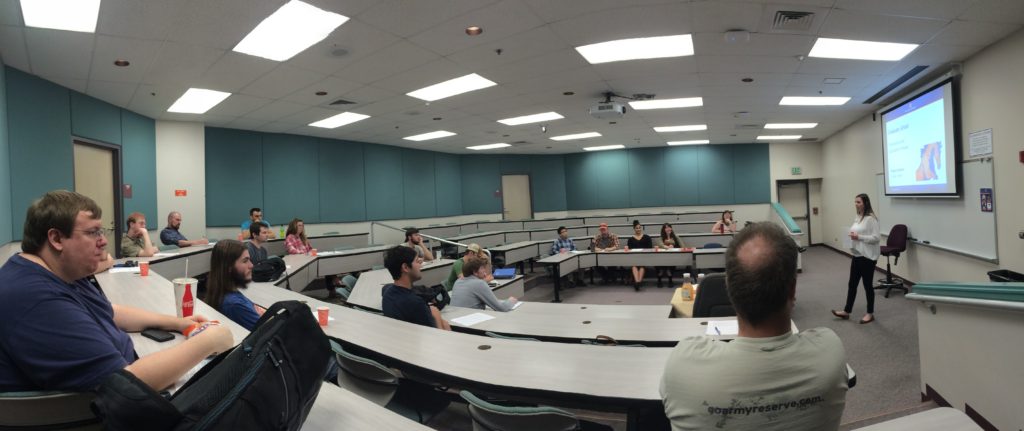physics
All posts tagged physics
As an extra credit project, I asked the students from my mechanics class to film demonstrations of physical systems we discussed in class. The videos turned out very nice, so I’ve shared some of them below.
Yesterday, we in the Physics Dept. hosted a discussion panel for our undergrads about graduate school — how to decide where to go, how to apply, what to do when you’re there, etc. The panel comprised folks involved, enrolled, or formerly enrolled in graduate school, including Sheenah Bryant, Vince Isakson, Kinzi Poteet, and Fan Ming. Lots of good questions, discussion, and presentations (which I’ve posted below).
Thanks to Megan Boatman in Boise State Career Services for her help organizing.
With the help of physics major Jared Hand, we’ve started a weekly meeting group here in physics to discuss scientific computing — the Boise State SciComp Workshomp.
The meetings take place in the physics building, room MP408, and will focus on the nitty gritty of scientific computing — how to install and run various codes and packages.
We’ve started a github repository for the group: https://github.com/decaelus/BoiseState_SciComp_Workshomp.
We will keep a log of our meetings on the associated wiki: https://github.com/decaelus/BoiseState_SciComp_Workshomp/wiki/Working-with-Git.
We’re currently working through a presentation from the Software Carpentry Foundation on using git: http://slides.com/abostroem/local_version_control#.

Coloration of a jeweled beetle in light with left-handed (a) and right-handed (b) circular polarization. From Sharma et al. Science 325, 449 (2009).
Fascinating talk this morning from Prof. Srinivasarao of Ga Tech in the Material Sciences and Engineering Seminar about the physics of animal coloration.
Turns out the brilliant and iridescent coloration displayed by many insects and other animals is not due to dyes or pigments. Rather it’s due to micro- and nano-scale structures in animals’ scales or exoskeletons. These small structures combine polarization, reflection, and other subtle light manipulations to produce their complex and dazzling color displays.
Prof. Srinivasarao studies these processes and how we can replicate them in his lab. Here’s a recent publication from his lab.

